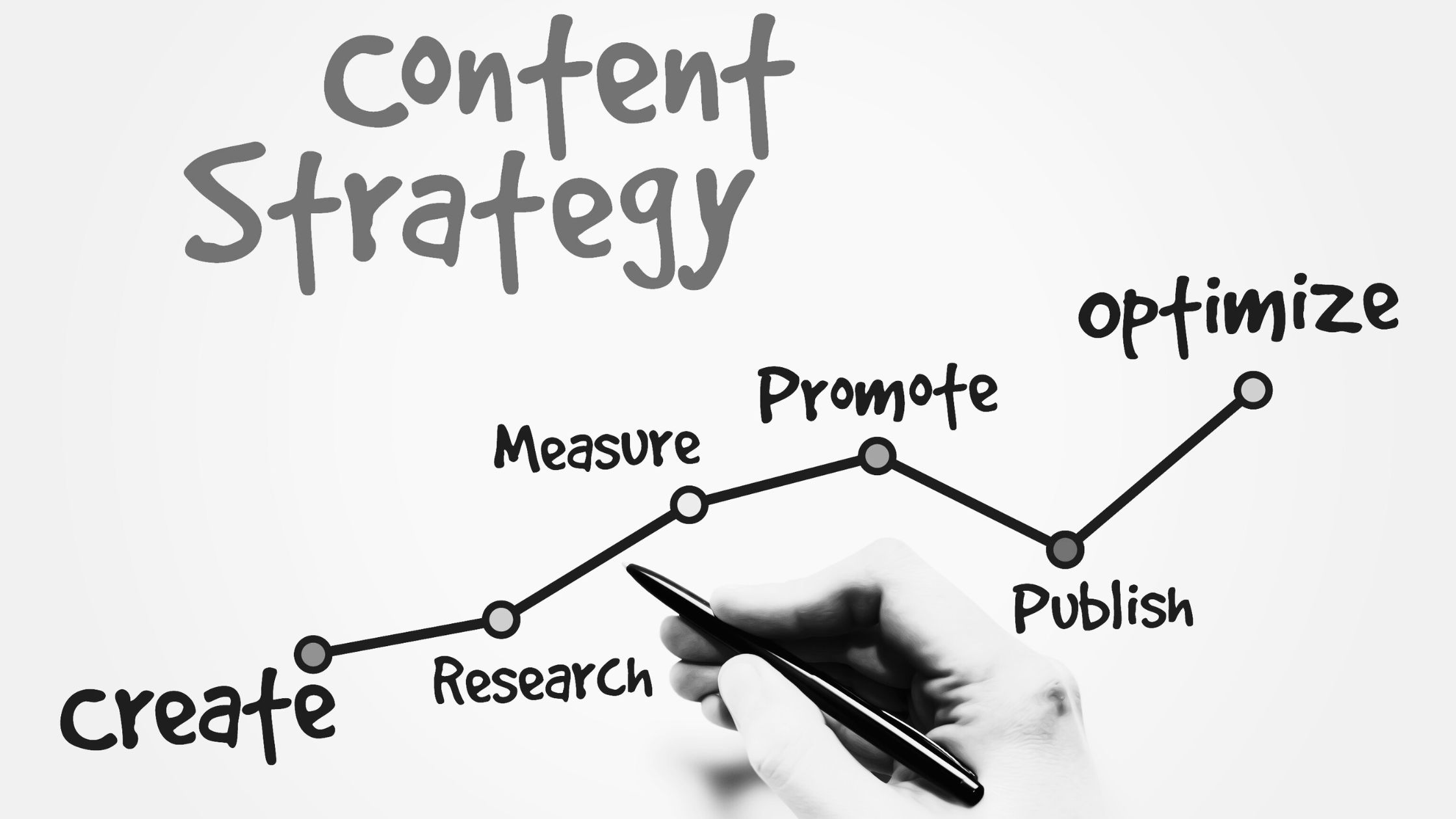Search Engine Optimization (SEO) is a critical aspect of any online business. It helps your website rank higher in search engine results and drives organic traffic to your site. But how do you measure the success of your SEO efforts? Enter Key Performance Indicators (KPIs). SEO KPIs are measurable values that help you track and evaluate the effectiveness of your SEO strategy. They provide valuable insights into your online impact and help you make data-driven decisions to optimize your SEO efforts.
SEO KPIs are important because they provide a clear picture of how well your website is performing in search engine rankings. They help you identify improvement areas and measure your SEO strategy's success over time. By tracking SEO KPIs, you can understand which tactics are working and which need adjustment. Ultimately, SEO KPIs enable you to drive more organic traffic to your website, increase conversions, and achieve your business goals.
Key SEO KPIs to measure your online impact
To measure your online impact effectively, you need to focus on the right SEO KPIs. Here are some key SEO KPIs that you should include in your measurement strategy:
Organic Traffic: This KPI measures the number of visitors coming to your website through organic search results. It indicates the success of your SEO efforts in driving relevant traffic to your site.
Keyword Rankings: Tracking the rankings of your target keywords is crucial to understanding your visibility in search engine results. By monitoring keyword rankings, you can identify opportunities for improvement and optimize your content accordingly.
Click-Through Rate (CTR): CTR measures the percentage of users who click on your website link when it appears in search results. A high CTR indicates that your website is relevant and compelling to users, which positively affects your SEO performance.
Bounce Rate: Bounce rate measures the percentage of users who leave your website after viewing only one page. A high bounce rate suggests that users are not finding what they are looking for on your site. By reducing bounce rate, you can improve user experience and increase engagement.
Conversion Rate: Conversion rate measures the percentage of website visitors who take the desired action, such as making a purchase or filling out a form. It helps you gauge the effectiveness of your website in converting visitors into customers.
By tracking these key SEO KPIs, you can gain valuable insights into your website's performance and make data-driven decisions to improve your SEO strategy.
Setting SMART goals for your SEO strategy
To effectively measure your SEO KPIs, it's essential to set SMART goals. SMART stands for Specific, Measurable, Achievable, Relevant, and Time-bound. By setting SMART goals, you provide clarity and focus to your SEO strategy, making it easier to measure and evaluate your progress.
Specific goals define exactly what you want to achieve. For example, instead of setting a vague goal like "increase website traffic," a specific goal would be "increase organic traffic by 20% in the next three months."
Measurable goals provide a way to track your progress. You need to be able to measure your goals with specific metrics, such as increasing keyword rankings or improving click-through rates.
Achievable goals are realistic and attainable. While it's good to set ambitious goals, make sure they are within reach. Setting unrealistic goals can lead to frustration and demotivation.
Relevant goals align with your overall business objectives. Your SEO goals should support your broader marketing and business goals.
Time-bound goals have a specific timeframe for achievement. Setting deadlines creates a sense of urgency and helps you stay focused on your goals.
By setting SMART goals, you can ensure that your SEO strategy is well-defined, measurable, and aligned with your business objectives. It also enables you to effectively measure your SEO KPIs and track your progress over time.
Using Google Looker Studio reports to track SEO KPIs
Google Looker Studio is a powerful tool for tracking and analyzing SEO KPIs. It allows you to create customized reports and dashboards that provide a visual representation of your data. With Looker Studio, you can easily track your key SEO metrics and gain valuable insights into your website's performance.
To track your SEO KPIs using Looker Studio, you first need to connect your website's analytics data to the platform. Looker Studio seamlessly integrates with popular analytics tools like Google Analytics, enabling you to pull in your SEO data effortlessly.
Once your data is connected, you can create reports and dashboards in Looker Studio. To display your data meaningfully, you can choose from a wide range of visualizations and widgets. Looker Studio's drag-and-drop interface makes it easy to design visually appealing reports that highlight your key SEO KPIs.
By using Google Looker Studio reports, you can visualize and track your SEO KPIs in real-time. This allows you to quickly identify trends, spot anomalies, and make data-driven decisions to optimize your SEO strategy.
Analyzing and interpreting your SEO KPI data
Once you have your Looker Studio reports set up and your SEO KPI data flowing in, it's time to analyze and interpret the data. Analyzing your SEO KPI data allows you to identify trends, patterns, and areas for improvement. Here are some tips for effectively analyzing and interpreting your SEO KPI data:
Compare Periods: Compare your current SEO KPI data with previous periods to identify trends and changes. Look for variations in metrics like organic traffic, keyword rankings, and conversion rates. This will help you understand the effectiveness of your SEO strategy over time.
Identify Peaks and Valleys: Look for significant spikes or drops in your SEO KPI data. Peaks could indicate successful campaigns or optimized content, while valleys may suggest issues that need attention. By identifying these peaks and valleys, you can gain insights into what is working and what needs improvement.
Segment Data: Segment your SEO KPI data to gain deeper insights into specific areas of your website. For example, you could segment your data by geographic location, device type, or referral source. This will help you understand how different segments of your audience are interacting with your website and identify opportunities for optimization.
Correlate Metrics: Look for correlations between different SEO metrics. For example, you might find that pages with higher page load times have higher bounce rates. By identifying these correlations, you can make informed decisions to improve your website's performance.
Benchmark Against Competitors: Compare your SEO KPI data against industry benchmarks or your competitors' data. This can provide valuable insights into how well you are performing relative to others in your industry and help you identify areas for improvement.
By effectively analyzing and interpreting your SEO KPI data, you can gain valuable insights into your website's performance and make data-driven decisions to optimize your SEO strategy.
Optimizing your SEO strategy based on KPI insights
Once you have analyzed your SEO KPI data and gained valuable insights, it's time to optimize your SEO strategy. Here are some key steps to optimize your SEO strategy based on KPI insights:
Identify Areas for Improvement: Based on your KPI data analysis, identify areas of your SEO strategy that are underperforming or could be improved. This could be optimizing content for target keywords, improving page load times, or enhancing user experience.
Develop Actionable Plans: Once you have identified areas for improvement, develop actionable plans to address them. Set specific goals, define the steps needed to achieve those goals, and allocate resources accordingly.
Implement Changes: Execute the changes outlined in your actionable plans. This could involve updating content, optimizing website performance, or improving user experience. Make sure to track the impact of these changes on your SEO KPIs to evaluate their effectiveness.
Monitor and Adjust: Continuously monitor your SEO KPIs to track the impact of the changes you have implemented. Based on the results, adjust your strategy as needed. SEO is an ongoing process, and it's important to adapt and refine your strategy based on the insights provided by your KPI data.
Stay Updated: SEO is a dynamic field, and search engine algorithms are constantly evolving. Stay updated with the latest industry trends, algorithm changes, and best practices to ensure that your SEO strategy remains effective.
By optimizing your SEO strategy based on KPI insights, you can improve your website's performance in search engine rankings, drive more organic traffic, and achieve your business goals.
Hiring an SEO agency for KPI-driven optimization
If you find measuring and optimizing your SEO KPIs overwhelming or lack the expertise in-house, hiring an SEO agency can be a wise decision. An experienced SEO agency can help you navigate the complexities of SEO and drive KPI-driven optimization. Here are some benefits of hiring an SEO agency:
Expertise and Experience: SEO agencies have a team of experts who are well-versed in the latest SEO trends, best practices, and algorithm changes. They have the knowledge and experience to effectively measure and optimize your SEO KPIs.
Time and Resource Savings: SEO requires time, effort, and resources. By hiring an SEO agency, you can focus on your core business activities while leaving the SEO optimization to the experts. This saves you time and resources that can be allocated to other important aspects of your business.
Customized Strategies: SEO agencies develop customized strategies tailored to your business goals and target audience. They conduct in-depth research, analyze your competitors, and identify the most effective tactics to improve your SEO performance.
Regular Reporting and Analysis: SEO agencies provide regular reports and analysis of your SEO KPIs. They track your progress, identify areas for improvement, and provide valuable insights to optimize your SEO strategy.
When hiring an SEO agency, make sure to choose a reputable and experienced agency that aligns with your business goals. Look for case studies, client testimonials, and a proven track record of delivering results.
Conclusion: Unlocking SEO success through KPI mastery
Measuring and optimizing your SEO KPIs is crucial for unlocking SEO success. By understanding and tracking the right SEO KPIs, setting SMART goals, utilizing tools like Google Looker Studio, and analyzing your data effectively, you can gain valuable insights into your website's performance and make data-driven decisions to optimize your SEO strategy. Whether you choose to do it yourself or hire an SEO agency, mastering the KPI maze is the key to measuring your online impact and driving organic traffic to your website. So start unlocking your SEO success today by harnessing the power of SEO KPIs!









